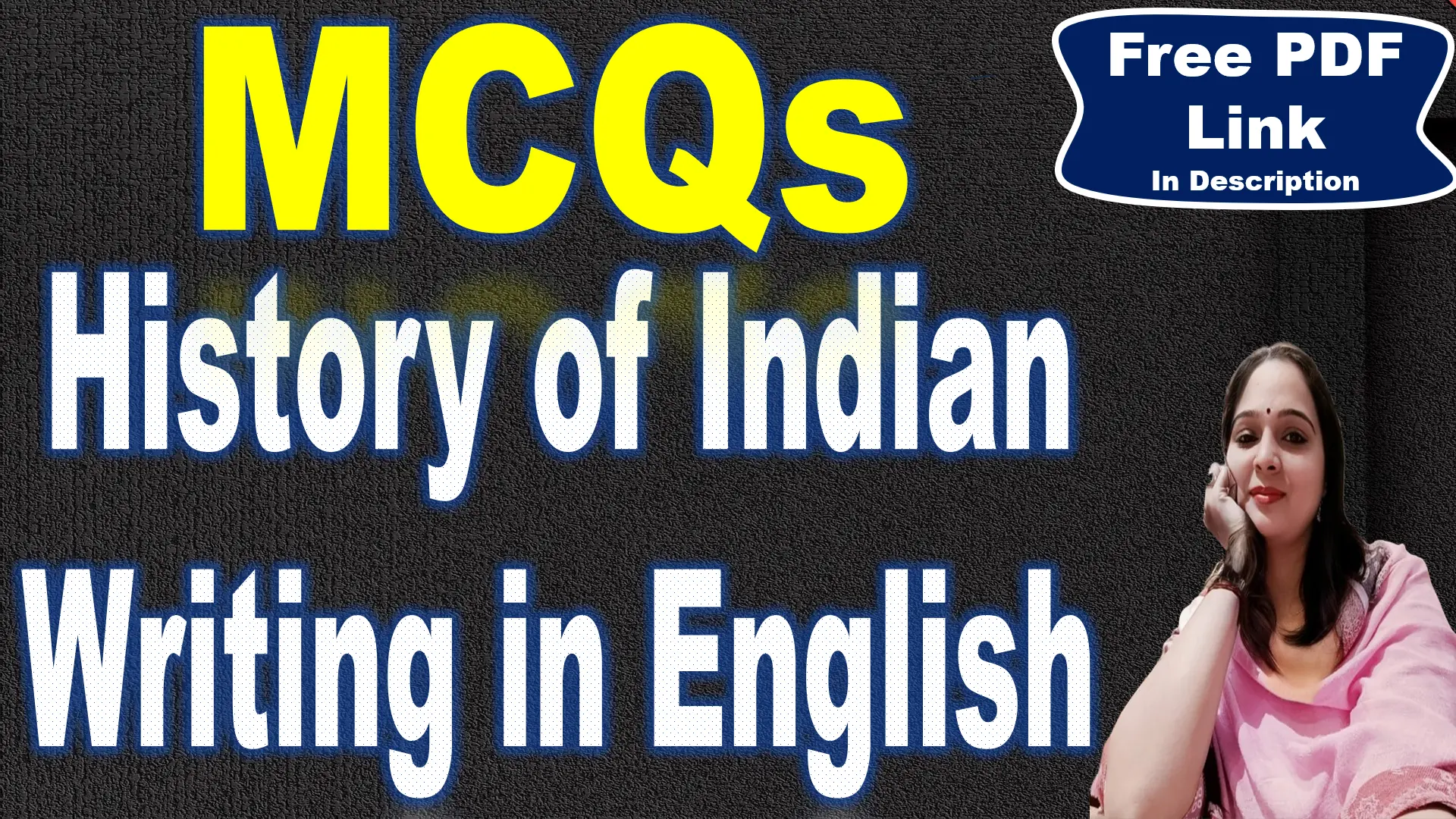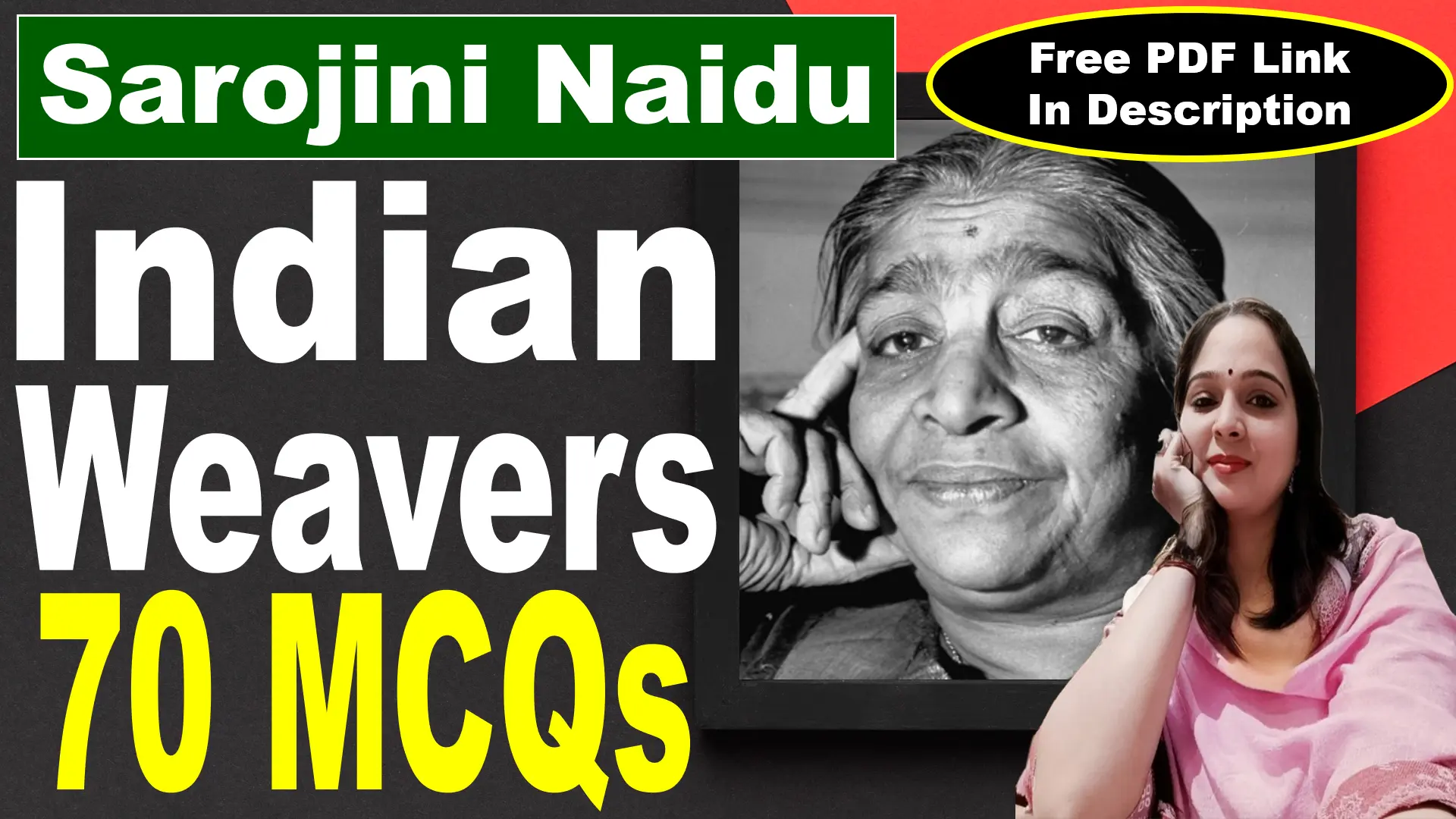
81. What is the name of the famous theater associated with Shakespeare?
a) The Rose
b) The Swan
c) The Globe
d) The Tower
Answer: c) The Globe
Explanation: The Globe Theatre in London is the most famous venue associated with Shakespeare. Built in 1599 by the Lord Chamberlain’s Men, it hosted many of his greatest plays, including Hamlet, Macbeth, and The Merchant of Venice. The original Globe was destroyed by fire in 1613, rebuilt in 1614, and later demolished. A modern reconstruction, Shakespeare’s Globe, now stands near the original site and continues to perform his works.
82. How many plays did Shakespeare write in total?
a) About 25
b) About 39
c) About 50
d) About 60
Answer: b) About 39
Explanation: Shakespeare wrote approximately 39 plays, though the exact number is debated due to lost or collaborative works. His plays are divided into comedies, tragedies, and histories, with some considered romances or problem plays. Some of his most famous works include Hamlet, Othello, King Lear, Macbeth, and Romeo and Juliet. His influence on drama and storytelling has been unmatched, shaping modern theater and literature.
83. Which genre does The Merchant of Venice belong to?
a) Tragedy
b) Comedy
c) History
d) Romance
Answer: b) Comedy
Explanation: Although The Merchant of Venice has dark and dramatic elements, it is classified as a comedy because it includes romantic entanglements, mistaken identities, and a generally happy ending. However, the play is also considered a problem play due to the serious themes of justice, discrimination, and revenge. The treatment of Shylock, the Jewish moneylender, adds complexity, making it different from Shakespeare’s more lighthearted comedies.
84. What is unique about Shakespeare’s plays compared to other playwrights of his time?
a) They were written in modern English
b) They combined comedy, tragedy, and history in innovative ways
c) They were all written in prose
d) They were performed only in the royal court
Answer: b) They combined comedy, tragedy, and history in innovative ways
Explanation: Shakespeare’s works stand out because he blended different genres, creating plays that were more complex and emotionally engaging than those of his contemporaries. He often mixed humor with tragedy, as seen in The Merchant of Venice and Hamlet. He also experimented with language, introducing thousands of new words and expressions into English. His ability to write for all social classes—from royalty to commoners—made his plays widely popular.
85. During which monarch’s reign did Shakespeare write most of his plays?
a) Henry VIII
b) George I
c) Charles I
d) Elizabeth I
Answer: d) Elizabeth I
Explanation: Shakespeare wrote most of his plays during the reign of Queen Elizabeth I (1558-1603). This period, known as the Elizabethan Era, was a time of great artistic and literary growth. The Queen was a patron of the arts, and theater thrived under her rule. After her death, King James I (1603-1625) continued to support Shakespeare’s work, and the Lord Chamberlain’s Men became the King’s Men, gaining royal patronage.
86. In which year did Shakespeare die?
a) 1606
b) 1616
c) 1626
d) 1636
Answer: b) 1616
Explanation: William Shakespeare died on April 23, 1616, at the age of 52. His cause of death is unknown, but records suggest he passed away peacefully in Stratford-upon-Avon. He was buried in Holy Trinity Church, where his grave bears a famous epitaph warning against moving his bones. Even after his death, his works continued to shape English literature, with the First Folio (1623) ensuring the preservation of his plays.
87. What was the name of Shakespeare’s wife?
a) Mary Arden
b) Elizabeth Hall
c) Anne Hathaway
d) Susanna Shakespeare
Answer: c) Anne Hathaway
Explanation: Shakespeare married Anne Hathaway in 1582, when he was 18 years old and she was 26. Their marriage is notable because of their age difference and the speed of the wedding, suggesting Anne was pregnant at the time. They had three children together. Little is known about Anne’s personal life, but she lived in Stratford while Shakespeare spent much of his time in London. Anne outlived Shakespeare by seven years and was buried beside him.
88. How many children did Shakespeare have?
a) One
b) Two
c) Three
d) Four
Answer: c) Three
Explanation: Shakespeare and Anne Hathaway had three children:
Susanna Shakespeare (born 1583)
Twins Hamnet and Judith (born 1585)
Hamnet, Shakespeare’s only son, died at the age of 11, which may have influenced Shakespeare’s writing, particularly the themes of grief and loss in Hamlet and King Lear. His daughters lived longer, and Judith married in 1616, the same year Shakespeare died.
89. What was the name of Shakespeare’s only son?
a) Hamnet
b) Richard
c) John
d) William
Answer: a) Hamnet
Explanation: Shakespeare’s only son, Hamnet Shakespeare, died in 1596 at the age of 11. Some scholars believe his death influenced Shakespeare’s later tragedies, especially Hamlet, which was written a few years later. The names Hamnet and Hamlet were interchangeable in Elizabethan England, leading to speculation about a connection between Shakespeare’s personal loss and his famous tragic play. However, there is no direct evidence proving Hamlet was written in response to Hamnet’s death.
90. Which acting company was Shakespeare associated with?
a) Queen Elizabeth’s Players
b) The Royal Dramatists
c) Lord Chamberlain’s Men
d) The English Stage Company
Answer: c) Lord Chamberlain’s Men
Explanation: Shakespeare was a key member of Lord Chamberlain’s Men, an acting company in London. The company was named after its patron, the Lord Chamberlain, who was responsible for court entertainment. In 1603, when King James I ascended the throne, the company was renamed The King’s Men and gained royal patronage. Shakespeare wrote and performed many of his plays for this company, making it one of the most successful acting troupes of its time.
91. What are the three main genres of Shakespeare’s plays?
a) Comedies, Tragedies, and Epics
b) Comedies, Tragedies, and Histories
c) Romances, Satires, and Poems
d) Mysteries, Dramas, and Sonnets
Answer: b) Comedies, Tragedies, and Histories
Explanation: Shakespeare’s plays are traditionally categorized into three major genres:
Tragedies – Focus on serious themes and fatal flaws, often ending in death (Hamlet, Macbeth, King Lear).
Comedies – Feature light-hearted themes, mistaken identities, and happy endings (Much Ado About Nothing, Twelfth Night).
Histories – Based on real historical events and English monarchs (Henry IV, Richard III).
Some scholars add a fourth category—Romances or Problem Plays, including The Tempest and Measure for Measure.
92. During whose reign did Shakespeare write most of his plays?
a) Henry VIII
b) Elizabeth I
c) Charles I
d) George I
Answer: b) Elizabeth I
Explanation: William Shakespeare wrote most of his plays during the reign of Queen Elizabeth I (1558–1603), an era known as the Elizabethan Age, marked by a cultural renaissance. Elizabeth was a strong supporter of the arts, leading to the growth of English drama and theater. While Shakespeare continued writing under King James I (1603–1625), his most famous works, including Hamlet, Romeo and Juliet, and A Midsummer Night’s Dream, were written during Elizabeth’s rule.
93. What type of poetry did Shakespeare famously write?
a) Epic poems
b) Sonnets
c) Free verse
d) Haikus
Answer: b) Sonnets
Explanation: Shakespeare wrote 154 sonnets, a poetic form consisting of 14 lines with a strict rhyme scheme (ABABCDCDEFEFGG) and iambic pentameter. His Sonnets (1609) explore themes of love, beauty, time, and mortality. Some sonnets were dedicated to a young nobleman, while others focused on a mysterious “Dark Lady”.
94. What is Shakespeare’s longest play?
a) Macbeth
b) Hamlet
c) King Lear
d) Othello
Answer: b) Hamlet
Explanation: Hamlet is Shakespeare’s longest play, containing over 4,000 lines and around 30,000 words. Written between 1599 and 1601, it is one of the most analyzed and performed plays in history. The tragedy follows Prince Hamlet’s quest for revenge after his father’s murder. The play includes Shakespeare’s longest soliloquy (“To be or not to be”) and explores themes of revenge, madness, fate, and existentialism. Despite its length, Hamlet remains one of Shakespeare’s most celebrated works.
95. What is Shakespeare’s shortest play?
a) Macbeth
b) The Tempest
c) A Midsummer Night’s Dream
d) The Comedy of Errors
Answer: d) The Comedy of Errors
Explanation: The Comedy of Errors is Shakespeare’s shortest play, containing only 1,787 lines. It is a farce about two sets of identical twins separated at birth, leading to mistaken identities and comic misunderstandings. Written around 1594, the play is heavily influenced by Roman comedy, particularly Plautus’s Menaechmi. The fast-paced humor, wordplay, and slapstick elements make it one of Shakespeare’s most lighthearted and entertaining comedies.
96. What warning is written on Shakespeare’s grave?
a) “Remember me”
b) “Good friend, for Jesus’ sake forbear…”
c) “To be or not to be”
d) “Parting is such sweet sorrow”
Answer: b) “Good friend, for Jesus’ sake forbear…”
Explanation: Shakespeare’s epitaph, inscribed on his grave in Holy Trinity Church, warns against disturbing his remains:
“Good friend, for Jesus’ sake forbear,
To dig the dust enclosed here.
Blest be the man that spares these stones,
And cursed be he that moves my bones.”
This curse was likely meant to prevent grave robbers from tampering with his remains. To this day, his tomb remains untouched, adding an air of mystery to his final resting place.
97. Which monarch became Shakespeare’s patron in 1603?
a) Henry VIII
b) Elizabeth I
c) James I
d) Charles I
Answer: c) James I
Explanation: When King James I ascended the English throne in 1603, Shakespeare’s acting company, Lord Chamberlain’s Men, became The King’s Men under royal patronage. This elevated Shakespeare’s status, allowing him to perform his plays for the king. James I had a deep interest in witchcraft, which influenced plays like Macbeth, where witches and supernatural elements play a central role. The Jacobean era saw Shakespeare’s darker, more mature tragedies emerge.
98. Which of the following plays is NOT written by Shakespeare?
a) Othello
b) The Jew of Malta
c) King Lear
d) Julius Caesar
Answer: b) The Jew of Malta
Explanation: The Jew of Malta was written by Christopher Marlowe, a playwright and poet who was Shakespeare’s contemporary and rival. The play, written around 1589-1590, tells the story of Barabas, a Jewish moneylender, and deals with themes of revenge, religious conflict, and greed. Many scholars believe The Jew of Malta influenced Shakespeare’s portrayal of Shylock in The Merchant of Venice. Unlike Marlowe, Shakespeare gave Shylock a more complex and sympathetic portrayal.
99. Which book is the primary source of Shakespeare’s history plays?
a) The Bible
b) Holinshed’s Chronicles
c) The Prince
d) Utopia
Answer: b) Holinshed’s Chronicles
Explanation: Raphael Holinshed’s Chronicles of England, Scotland, and Ireland (published in 1577 and 1587) was a major historical source for Shakespeare’s plays, particularly his history plays like Richard III, Henry V, and Macbeth. Shakespeare borrowed historical details and character depictions but also dramatized and altered events for theatrical effect. Other influences on his historical plays included Plutarch’s Lives (for Roman plays) and Boccaccio’s works.
100. What is Shakespeare’s last play?
a) The Tempest
b) Macbeth
c) Hamlet
d) King Lear
Answer: a) The Tempest
Explanation: The Tempest (written 1610-1611) is widely regarded as Shakespeare’s final solo-authored play, marking his farewell to the stage. The play follows Prospero, a magician and former Duke of Milan, who seeks reconciliation and justice on a mystical island. Many scholars interpret Prospero’s final speech—where he renounces his magical powers—as Shakespeare’s own farewell to writing. After The Tempest, Shakespeare retired to Stratford, where he lived until his death in 1616.





